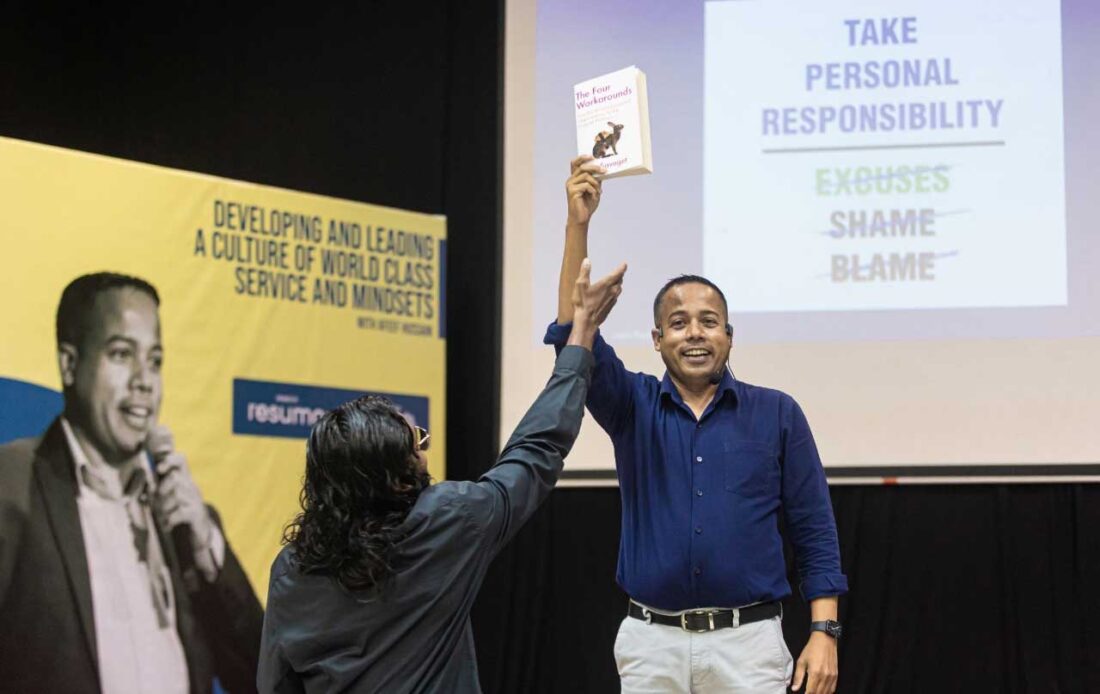Are You Familiar with Cultures That Look for a Scapegoat?
In many cultures—especially within organizations—it’s common to see blame placed on individuals when something goes wrong. This often happens when a leader is unwilling to be vulnerable and instead looks for someone to take the fall. We’ve seen this pattern repeatedly in the corporate world, public service, and, notably, global politics.
History has shown that what separates good leaders from great ones comes down to key character traits—and one of them is how they handle setbacks within their team. Exceptional leaders don’t rush to fire someone when a problem arises. Instead, they examine what went wrong, take accountability, and implement systems to ensure the issue doesn’t happen again.
Often, setbacks stem from capability gaps within the team. As the world continues to evolve, employee capabilities must also grow. Without this growth, performance will consistently fall short of expectations.
Great leaders take the heat in tough situations and create a safe space for their teams to learn and grow. They provide support, not punishment, fostering what is known in organizational psychology as “psychological safety.”
It is the leader’s responsibility to create, nurture, and maintain that environment—where mistakes become learning moments and growth becomes a shared mission.


